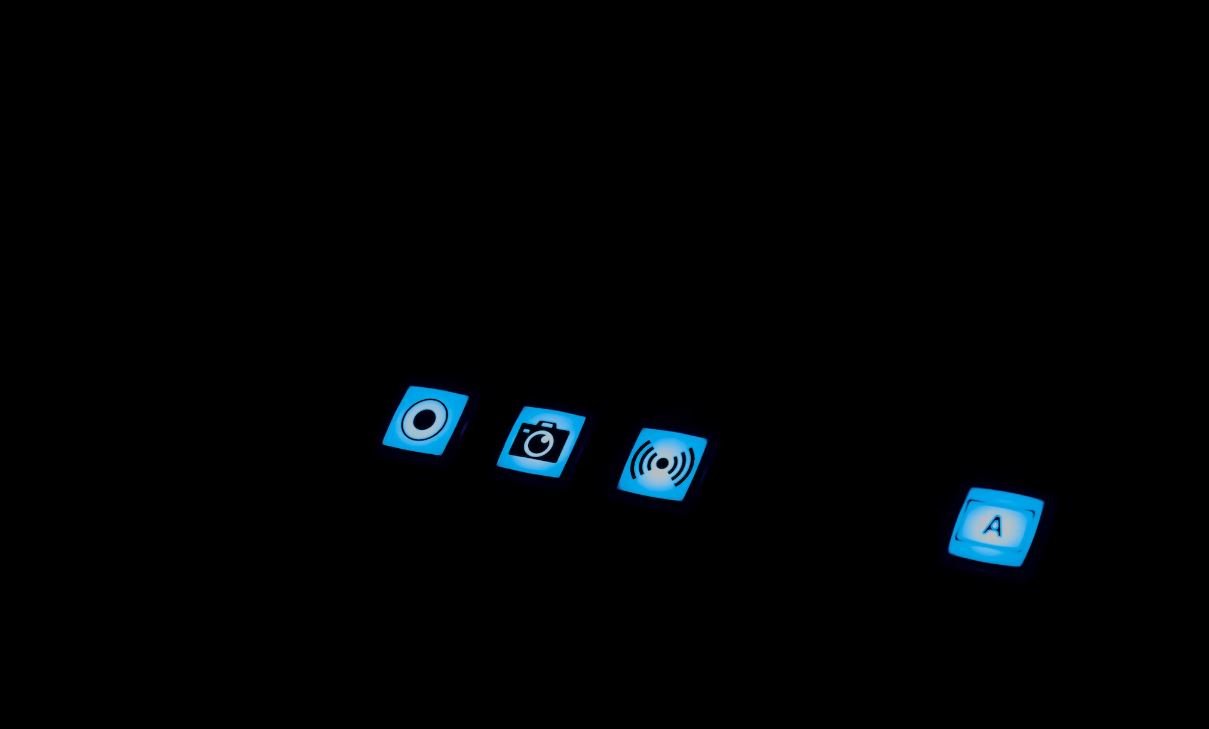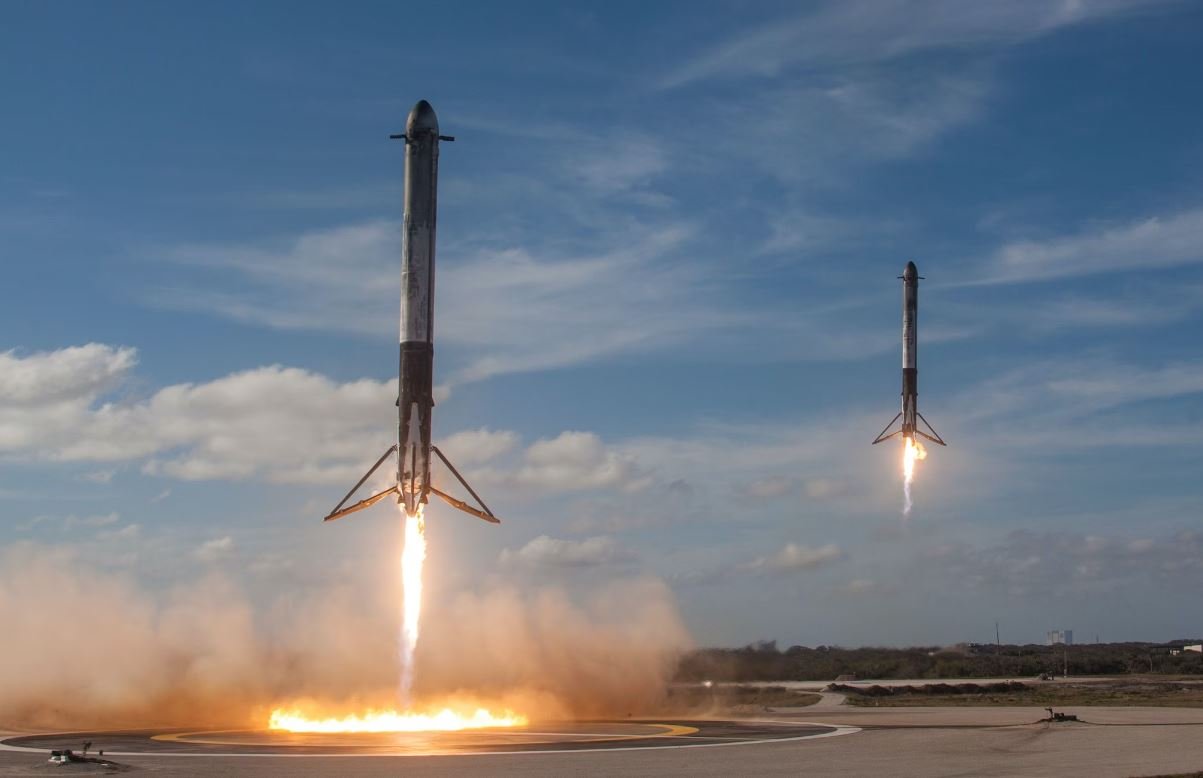How to Record a Podcast Episode
Podcasts have gained significant popularity in recent years, providing a platform for individuals to share their ideas, stories, and expertise. If you’re interested in starting your own podcast, one of the most crucial steps is learning how to record a podcast episode effectively. In this article, we will provide you with a step-by-step guide to help you get started.
Key Takeaways:
- Understanding the importance of selecting the right equipment and creating a suitable recording environment.
- Setting up and adjusting your recording equipment for optimal sound quality.
- Tips for hosting and conducting a successful podcast episode.
- Editing and preparing your podcast episode for distribution.
1. Select the Right Equipment
Before you start recording your podcast episode, it’s essential to invest in the right equipment for high-quality audio production. Consider purchasing a good microphone, headphones, and a computer with audio editing software.
Investing in quality equipment ensures clear and professional-sounding audio.
2. Create a Suitable Recording Environment
Find a quiet and enclosed space to eliminate background noise and ensure a clean recording. You can use blankets, foam panels, or soundproofing materials to dampen echoes and outside interference.
Creating a suitable recording environment enhances the overall quality of your podcast episode.
3. Set Up and Adjust Your Recording Equipment
Connect your microphone to your computer and open your preferred audio editing software. Test your equipment and adjust the microphone settings to optimize audio levels and reduce any unwanted noise.
Properly setting up and tweaking your equipment helps achieve clear and balanced audio.
4. Host and Conduct the Podcast Episode
Whether you are hosting the podcast alone or with a guest, it’s crucial to plan and outline the discussion beforehand. Prepare a list of interesting questions or talking points to keep the conversation engaging and on track.
Well-planned and structured podcasts make for a more compelling listening experience.
5. Edit and Prepare Your Podcast Episode
After recording your podcast, it’s time to edit your audio file. Remove any mistakes, long pauses, or irrelevant content using your audio editing software. Enhance audio quality by adjusting levels, adding background music, or sound effects.
Editing your podcast episode allows you to polish it and create a more professional final product.
Podcast Episode Data
| Podcast Genre | Number of Listeners |
|---|---|
| True Crime | 2.3 million |
| Comedy | 1.8 million |
| Technology | 1.5 million |
Common Recording Mistakes
- Not using a pop filter: Leads to excessive plosive sounds.
- Neglecting room acoustics: Results in poor audio quality.
- Recording in noisy environments: Causes distracting background noise.
- Forgetting to hit record: Wastes time and effort.
6. Distribute Your Podcast Episode
Once your podcast episode is edited and finalized, it’s time to distribute it to various podcast platforms. Upload it to a hosting provider and submit it to popular podcast directories like Apple Podcasts, Spotify, or Google Podcasts.
Distributing your podcast episode expands its reach and allows it to be accessed by a wider audience.
Podcast Revenue Statistics
| Year | Total Podcast Revenue |
|---|---|
| 2020 | $1.1 billion |
| 2021 | $1.6 billion |
| 2022 | $2.3 billion |
By following these steps, you can successfully record a podcast episode and embark on your podcasting journey. Remember to keep honing your skills and experimenting with different techniques to continually improve your podcast’s quality and reach.

Common Misconceptions
Recording a podcast requires expensive equipment
One common misconception people have about recording a podcast is that you need to invest in expensive equipment to produce high-quality episodes. While professional podcasting setups can enhance the audio quality, it is not necessary for beginners or those on a budget. Many successful podcasts have been recorded using simple and affordable equipment.
- High-quality USB microphones can produce excellent audio without breaking the bank.
- Free or low-cost audio editing software can help enhance the sound quality.
- Soundproofing your recording area can significantly improve the audio without costly investments.
You need to be tech-savvy to start a podcast
Another misconception is that you need to be technologically inclined to start a podcast. While some technical knowledge can be helpful, it is not a prerequisite. With the multitude of user-friendly podcasting platforms and online resources available, anyone can start a podcast without extensive technical skills.
- Podcasting platforms often provide step-by-step guides on how to create and publish episodes.
- Many podcast hosting websites have user-friendly interfaces that require little to no technical knowledge.
- Several online forums and communities are available where you can find support and guidance from experienced podcasters.
Podcasts need to have a large audience to be successful
A common misconception surrounding podcasts is that they need to have a large number of listeners to be considered successful. While having a substantial audience can be beneficial, success can mean different things for different podcasters. Focus on creating valuable content for your target audience, and success will follow, regardless of the listener count.
- Engaging with a smaller, niche audience can lead to dedicated and loyal listeners.
- Monetizing opportunities, such as sponsorships and merchandise sales, can be profitable even with a smaller audience.
- Building a community around your podcast can lead to collaborations and networking opportunities.
Podcasts require extensive time commitment
One misconception is that running a podcast requires a considerable time commitment, making it difficult for people with busy schedules to start one. While podcasting does require time and effort, it is possible to manage a podcast alongside other commitments, with proper planning and organization.
- Creating a content schedule and batch recording episodes in advance can help save time in the long run.
- Outsourcing tasks such as editing, show notes, or social media management can lighten the workload.
- Podcasting can be a creative outlet and a way to share your passion, making the time commitment enjoyable and fulfilling.
Podcasts are only for experts or famous individuals
There is a misconception that podcasts are reserved for experts or well-known individuals in their respective fields. In reality, anyone with knowledge, enthusiasm, and a desire to share their insights can start a successful podcast.
- Podcasts offer an opportunity to become an authority in your niche and share your unique perspective.
- Listeners value authenticity and relatability, so being a regular person can be a unique selling point.
- Starting a podcast can help you connect with like-minded individuals and grow your network.

Introduction
Recording a podcast episode is an exciting endeavor that requires careful planning and attention to detail. From selecting the right equipment to preparing engaging content, numerous factors contribute to the success of a podcast recording session. In this article, we explore ten key elements that will enhance your podcasting experience and help you create captivating episodes.
Table: Top 10 Podcasting Microphones
Choosing a high-quality microphone is crucial for recording professional-sounding podcast episodes. Here are the top ten microphones acclaimed by podcasters around the world:
| Microphone Model | Usage | Price Range |
|---|---|---|
| Shure SM7B | Versatile | $399 |
| Rode PodMic | Entry-level | $109 |
| Audio-Technica ATR2100x | Portable | $99 |
| Heil PR-40 | Broadcasting | $327 |
| Electro-Voice RE320 | Vocal-heavy episodes | $299 |
| Neumann U87 | Studio recording | $3,200 |
| Samson Q2U | Budget-friendly | $69 |
| Blue Yeti X | Streaming and podcasting | $169 |
| Sennheiser MD 421 II | Instrument recording | $379 |
| Rode NT-USB Mini | Compact and portable | $99 |
Table: Steps for Planning a Podcast Episode:
Proper planning is essential to ensure your podcast episode unfolds smoothly. Here are the key steps to follow:
| Step | Description |
|---|---|
| 1. Define the purpose | Clarify the episode’s topic and objectives. |
| 2. Conduct research | Gather information and develop talking points. |
| 3. Outline the episode | Create a structured outline with an introduction, main points, and conclusion. |
| 4. Prepare guest questions | If hosting guests, develop relevant questions in advance. |
| 5. Gather resources | Collect any necessary audio clips, statistics, or references. |
| 6. Prepare episode artwork | Create visual elements associated with the episode. |
| 7. Organize recording logistics | Schedule recording sessions and ensure all necessary equipment and software are ready. |
| 8. Rehearse | Practice speaking and familiarize yourself with the episode flow. |
| 9. Set recording environment | Create a quiet and optimized space for recording. |
| 10. Test equipment | Verify that microphones, headphones, and recording software are functioning correctly. |
Table: Average Length of Popular Podcast Episodes
The ideal duration of a podcast episode may vary depending on the format, audience, and topic. Here is the average length of episodes for different popular podcast genres:
| Podcast Genre | Average Episode Length |
|---|---|
| True Crime | 45-60 minutes |
| Interviews | 60-90 minutes |
| News & Current Affairs | 20-30 minutes |
| Comedy | 30-60 minutes |
| Self-Improvement | 20-40 minutes |
| History | 45-75 minutes |
| Fiction | 30-45 minutes |
| Technology | 30-60 minutes |
| Business | 45-75 minutes |
| Music | 60-120 minutes |
Table: Podcast Listener Demographics by Gender
Understanding the demographics of podcast listeners can help tailor your content for specific audiences. Here is the breakdown of podcast listener genders:
| Gender | Percentage of Podcast Listeners |
|---|---|
| Male | 48% |
| Female | 51% |
| Non-binary | 1% |
Table: Top Podcasting Platforms
Choosing the right platform to host and distribute your podcast is essential for reaching a wider audience. Here are the top podcast hosting platforms based on user preferences:
| Platform | Key Features |
|---|---|
| Spotify | Wide audience reach and personalized recommendations. |
| Apple Podcasts | Integration with Apple devices and extensive directory. |
| Google Podcasts | Easy accessibility and integration with Google services. |
| Anchor | Free hosting and simplified distribution. |
| Podbean | Advanced analytics and monetization options. |
Table: How Microphone Positioning Affects Sound
The positioning of a microphone can significantly impact the sound quality of your podcast episode. Here are some common microphone positions and their effects:
| Microphone Position | Impact on Sound |
|---|---|
| On-axis (directly facing speaker) | Clear and emphasized sound. |
| Off-axis (angled away from speaker) | Reduced sound clarity but minimized plosives. |
| Distance from speaker | Increased room ambience but reduced clarity. |
| Mic-to-mouth distance | Varied presence and emphasis on different frequencies. |
| Reflection screens | Reduced room reflections and improved sound isolation. |
Table: Popular Podcast Music Licensing Services
Choosing the right music for your podcast can help create a unique atmosphere. Here are some popular music licensing services for podcasts:
| Music Licensing Service | Features |
|---|---|
| Epidemic Sound | Royalty-free tracks and a vast music library. |
| Artlist | Unlimited downloads and great variety of genres. |
| PremiumBeat | Handpicked tracks and flexible licensing options. |
| Audiosocket | Creative Commons options and customizable playlists. |
| Soundstripe | Simple pricing models and diverse music catalog. |
Table: Benefits of Podcasting
Publishing a podcast can bring numerous advantages to your personal or professional endeavors. Here are some key benefits of podcasting:
| Benefit | Description |
|---|---|
| Increased audience reach | Podcasts provide an accessible medium to connect with a global audience. |
| Establishing expertise | Hosting a podcast can solidify your position as a subject matter expert. |
| Monetization opportunities | Podcasts offer avenues for sponsorships, advertisements, and crowdfunding. |
| Building a community | Podcasts facilitate the creation of engaged and loyal listener communities. |
| Networking with guests | Inviting guests on your podcast enables valuable networking opportunities. |
Conclusion
Recording a podcast episode involves meticulous planning, quality equipment, engaging content, and an understanding of your target audience. By following these important steps, utilizing the right tools, and delivering valuable and captivating episodes, you’ll be well on your way to podcasting success. Remember, the key is to create content that resonates with your listeners, takes advantage of popular platforms, and provides an enjoyable experience for everyone involved.
Frequently Asked Questions
Question 1
How do I choose an engaging title for my podcast episode?
When selecting a title for your podcast episode, consider using descriptive and catchy language that captures the essence of your content. It should be concise, captivating, and reflect the specific theme or topic discussed in the episode.
Question 2
What are some effective techniques for recording a podcast episode?
To ensure a successful podcast recording, create a comfortable and quiet environment, use high-quality audio equipment, and maintain a consistent speaking volume. Additionally, consider preparing an outline or script, rehearsing beforehand, and engaging with your co-host or guests throughout the episode.
Question 3
What software or tools can I use to record my podcast episode?
There are various software and tools available for podcast recording, such as Audacity, GarageBand, Adobe Audition, and Zencastr. These programs offer features like audio editing, noise reduction, and multi-track recording, allowing you to produce professional-quality episodes.
Question 4
How can I improve the audio quality of my podcast episode?
To enhance audio quality, consider investing in a good microphone, using a pop filter to reduce plosive sounds, and finding a quiet and well-insulated recording space. Additionally, audio post-production techniques like noise removal, compression, and equalization can further improve the overall sound of your podcast.
Question 5
Should I edit my podcast episode after recording?
Editing your podcast episode can help eliminate mistakes, reduce background noise, improve pacing, and enhance the overall listening experience. It’s recommended to edit your episodes to ensure a polished final product that engages your audience.
Question 6
What are some common mistakes to avoid when recording a podcast episode?
When recording a podcast episode, avoid common mistakes like inconsistent audio levels, excessive background noise, speaking too fast or mumbling, or neglecting to perform audio checks before recording. Additionally, be mindful of any verbal habits or filler words that might distract listeners.
Question 7
Can I record my podcast episode remotely with guests or co-hosts?
Yes, you can easily record podcast episodes remotely using tools like Zoom, Skype, or Zencastr. These platforms allow you to capture audio from multiple participants and ensure a seamless recording process, regardless of geographical location.
Question 8
Should I include music or sound effects in my podcast episode?
Including music or sound effects in your podcast episode can add depth, ambiance, and more engaging storytelling. However, it’s important to ensure that the selected audio files are royalty-free or properly licensed to avoid any copyright issues.
Question 9
How long should a podcast episode title be?
A podcast episode title should ideally be concise and descriptive, typically ranging between 4 to 10 words. It should provide enough information to entice potential listeners while being easily readable and memorable.
Question 10
Should I transcribe my podcast episode and add it to the show notes?
Transcribing your podcast episode and incorporating it into the show notes can offer several benefits. It improves accessibility, enhances search engine optimization (SEO), and allows listeners to follow along or refer back to specific sections of the episode. However, transcribing can be time-consuming, so consider utilizing transcription services or automated tools to streamline the process.


Leave a Reply